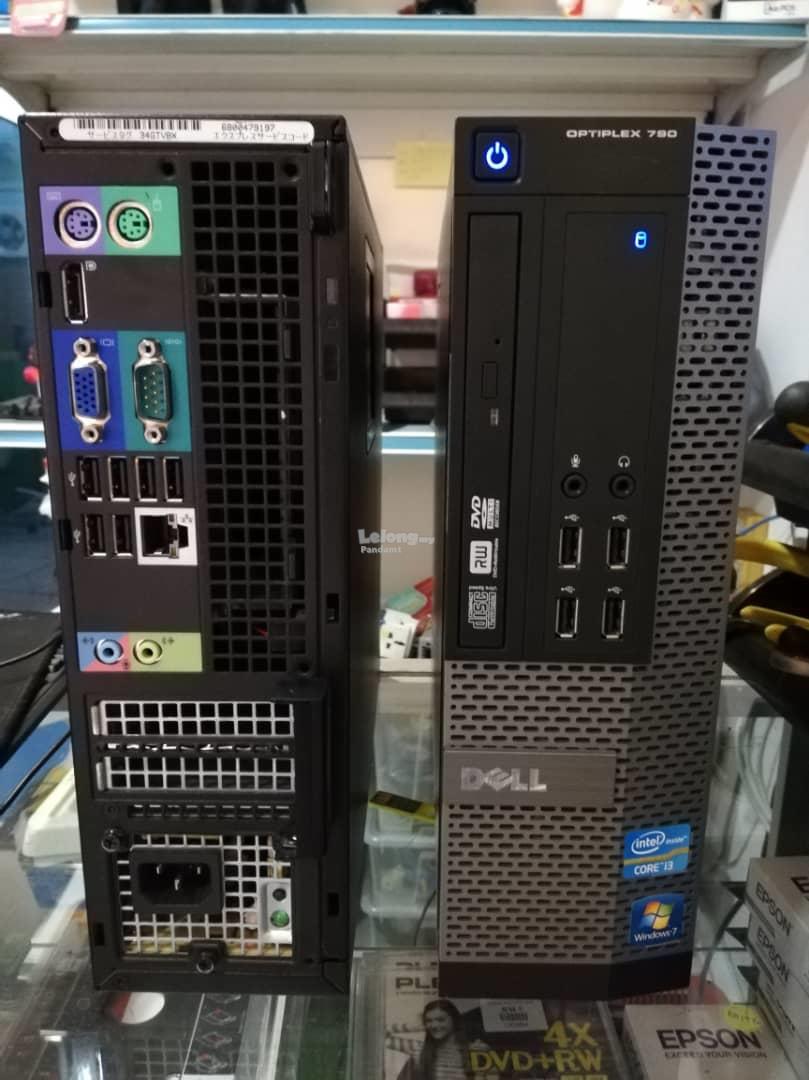
Initialize the BIOS Setup utility by pressing the F2 key while the system is performing the power-on self-test (POST).Ģ. Use these instructions to access the service processor and redirect the console output so that the BIOS POST codes can be read.ġ. The BIOS polls the memory controllers for both correctable and uncorrectable memory errors and logs those errors into the service processor. See Changing POST Options for more information.ģ. Enabling Quick Boot causes the BIOS to skip the memory test. Note - This memory test is performed only if Quick Boot is not enabled from the Boot Settings Configuration screen. Once executing out of DRAM, the BIOS performs a simple memory test (a write/read of every location with the pattern 55aa55aa).
#Dell optiplex 210l nmi parity error code#
The first megabyte of DRAM is tested by the BIOS before the BIOS code is shadowed (that is, copied from ROM to DRAM).Ģ. The BIOS POST memory testing is performed as follows:ġ.
#Dell optiplex 210l nmi parity error serial#
An alternate method of displaying the POST codes is to redirect the output of the console to a serial port (see Redirecting Console Output). However, the codes are displayed as the self-test runs and scroll off of the screen too quickly to be read.

These codes are displayed at the bottom right corner of the system's VGA screen (once the self-test has progressed far enough to initialize the system video). The progress of the self-test is indicated by a series of POST codes. The basic devices required for the server to operate are checked, memory is tested, the LSI 1064 disk controller and attached disks are probed and enumerated, and the two Intel dual-gigabit Ethernet controllers are initialized. The system BIOS provides a rudimentary power-on self-test.


 0 kommentar(er)
0 kommentar(er)
